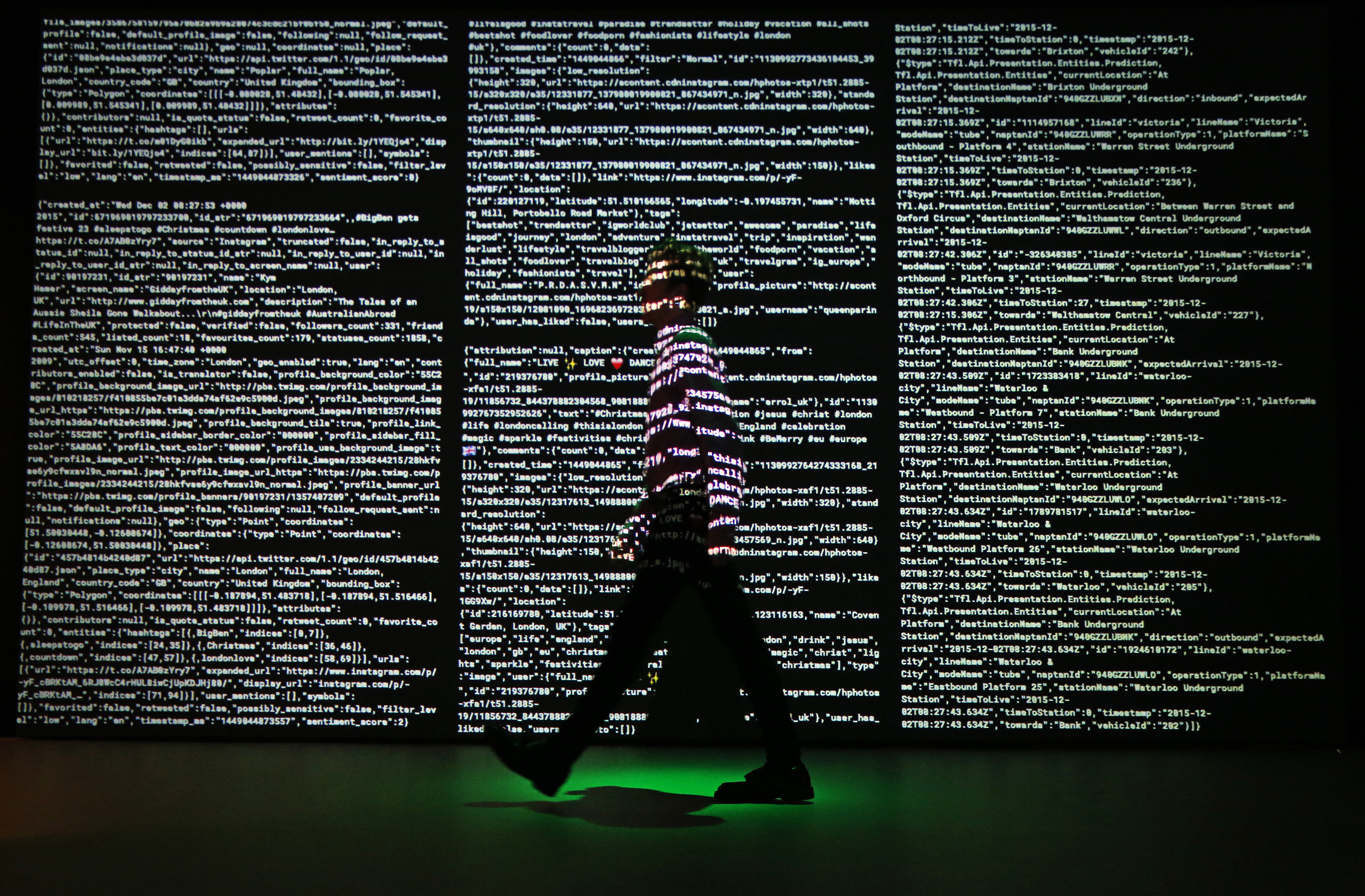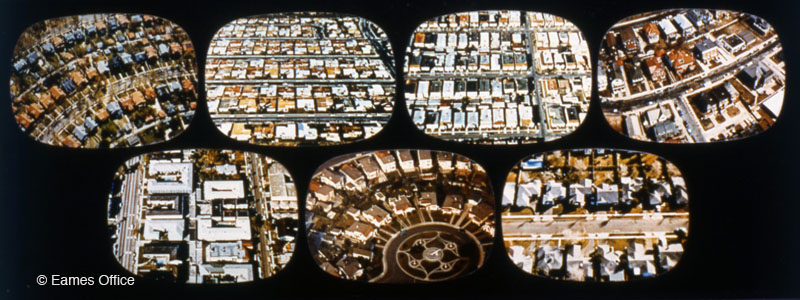https://en.actionbound.com/create/fiveways
I have begun to develop Actionbound as my interactive sound and visual exploration app. I wanted to start to produce a creative, interactive, educational experience for primary school children who live in this area of Brighton. There are three large primary schools in this area and the children are often out on school trips to discover more about their local environment.
The purpose of the Actionbound mission would be that the children in small groups (with a teacher) would need to find the landmarks indicated on the app – Once located the children will need to think about evidencing their ‘find’ both with audio and with visual images
 http://www.photosbrightonandhove.org.uk/blakers-park-clock-tower.html
http://www.photosbrightonandhove.org.uk/blakers-park-clock-tower.html
(moving image or photographic) The purpose of this will be to help them to think about how to creatively illustrate each place visually and audibly. – creating their own ‘placed sound’ (Behrendt pg 5 2015) and image for that place.
For example one location for them to find is the Preston Park velodrome – What can they think of to illustrate this with audio? and where can they find the sound? They might decide they need to find or replicate the sound of a bicycle bell or the sound of the whoosh as the bike whizzes past – How will they do this? This will also be the same for the visual representations – instead of taking a straightforward picture of the velodrome how else can they represent it creatively or differently?
As well as giving the children an insight into their local history and connecting into their environment, the purpose of this app will be about developing the way they see and represent it, how image and sound work together and also finding new ways to represent or illustrate their ‘finds’. Behrendt (pg 11 2015) illustrates concisely how moving and walking around our environments helps us to engage with it creatively – she writes “we listen with our legs” – to understand why, just start walking – “see, everything sounds different now, doesn’t it?”.
References
Behrendt, F. (2015) Locative Media as Sonic Interaction Design. Walking through Placed Sounds. WI Journal of Mobile Media. http://wi.mobilities.ca/frauke-behrendt-locative-media-as-sonic-interaction-design-walking-through-placed-sounds/
http://www.lonelyplanet.com/guides (Travel Guide App)
http://www.echomap.co.uk/index.php/sound-art/the-singing-tree (Echo-Map Sound Installation)







